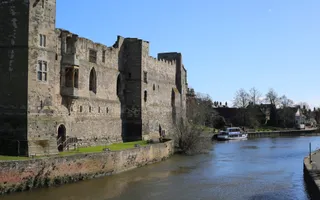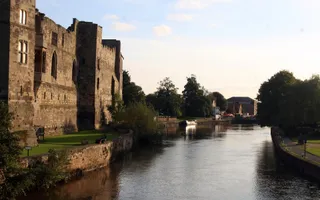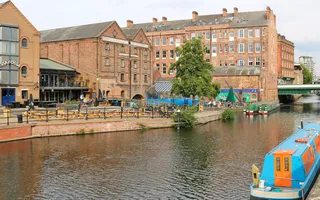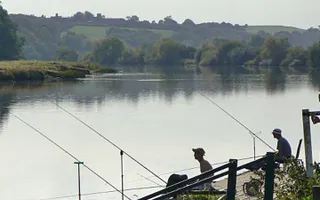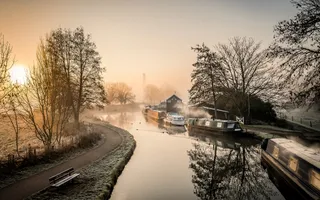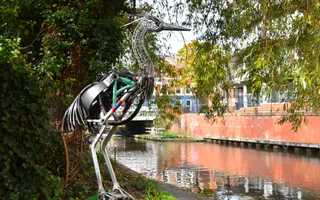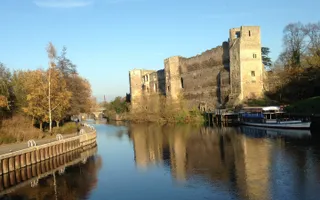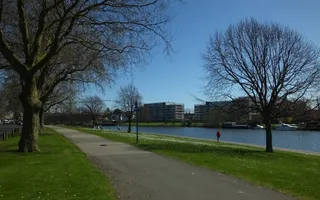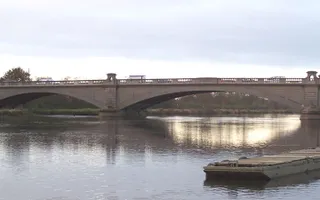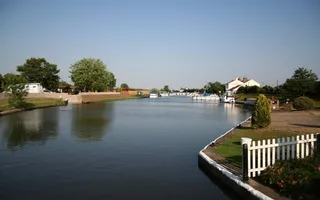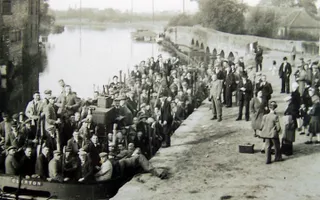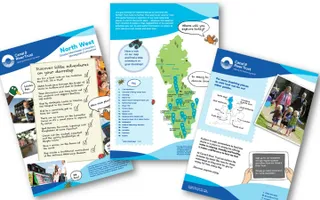Running for around 95 miles from Shardlow to Trent Falls, where the Trent and the River Ouse empty their waters into the River Humber, the Trent spans our East Midlands region.
The navigable Trent is a waterway of substance which still carries a considerable amount of commercial traffic, especially in its lower reaches. Below Cromwell Lock, it becomes tidal and is subject to a periodic tidal bore similar to that seen on the River Severn, but to lesser effect. This is locally known as an 'aegir'. We look after the River Trent from Shardlow, where it becomes navigable, to Gainsborough Bridge.


